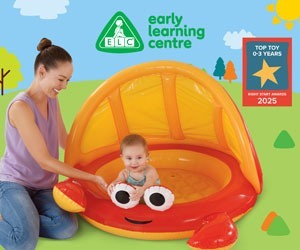The magic money tree
Published
Times are tight in many British homes at the moment, but it’s unlikely that this has filtered down to the kids! For parents wanting to give children of any age a better grasp of where money comes from and just how easily it can disappear, Tim Bennett, Head of Education at Killik & Co has some top tips.

There is no magic money
Children are inquisitive and have an appetite to learn. Sadly, they are often equally voracious when it comes to acquiring stuff: games, bikes, clothes and toys. So, it’s vital they understand early where it all comes from. Ask them where they think money comes from. This is more effective than telling them, which often comes out like grumbling! Life only presents a few ways to acquire money – unless you marry it, inherit it, steal it or win it, most people are faced with having to earn it. Explain what Mummy and Daddy do all day while they are at school, and why.
The cost of opportunity
Before lockdown, which hugely curtailed our spending options, we lived in a world of almost overwhelming choice. This hits children early, from the moment they first visit a toy shop or start receiving pocket money. It’s vital they grasp the concept of ‘opportunity cost’ – the idea that every spending decision comes at the expense of something else. For instance: ‘If you buy Buzz Lightyear now, you can’t afford Woody.’
Delayed gratification
From early on, we as parents need to be sure kids understand that money is a finite resource – a pocket money budget, supplemented only on special occasions such as birthdays and Christmas; or to reflect special achievements (perhaps at school). As for saving for the future, a simple incentive scheme, in which parents agree to match every pound saved (but not spent) with one from their own pocket, can help to nurture a sense of the value of delayed gratification.
Tasks and rewards
During lockdown quite of few of us have been hurling ourselves into cleaning, DIY and cooking with varying degrees of enthusiasm. Here lies an opportunity to educate children by getting them involved and giving them the chance to earn a little extra pocket money. Even small children can do a bit of dusting in their own rooms, or help to sweep the floor. Older kids can unload dishwashers, clean cars or hoover. The point is twofold – you want them to feel responsible for the home they enjoy and show them that effort and reward are connected.
Money makes money
A key concept all children (and adults) must learn if they are ever to understand saving properly is the power of compounding over time. Start simple with quiz questions, such as: ‘If I put a domino on the floor, and then another that is 50 per cent taller next to it, and then another that is 50 per cent taller than the second one and so on, how tall will domino 32 be?’ (the answer is higher than Mount Everest). Examples like these can lead naturally into a discussion of how you create returns on money. The level of this conversation can be tailored to the age and knowledge of your child. The point is to ensure that they understand that money left alone in the right place can grow.
A great way of showing your children how to save and invest for their future is through Killik & Co’s app called Silo. It demonstrates an easy way to monitor activity from the palm of your hand.







